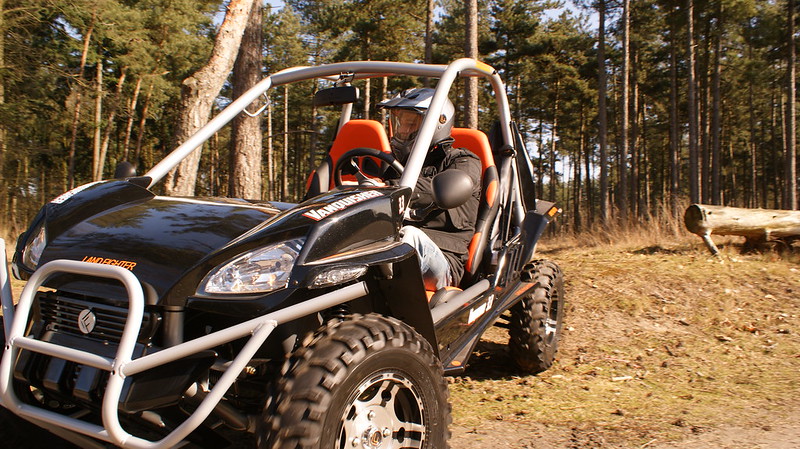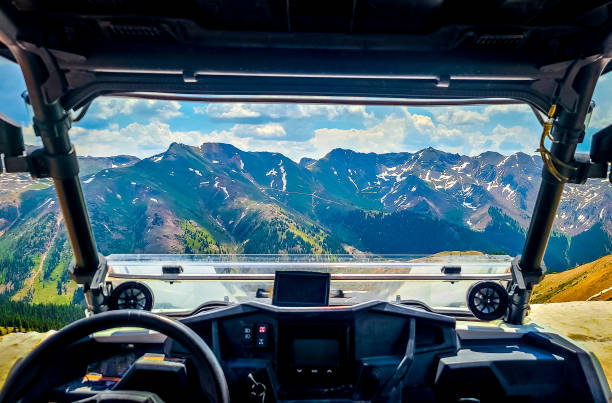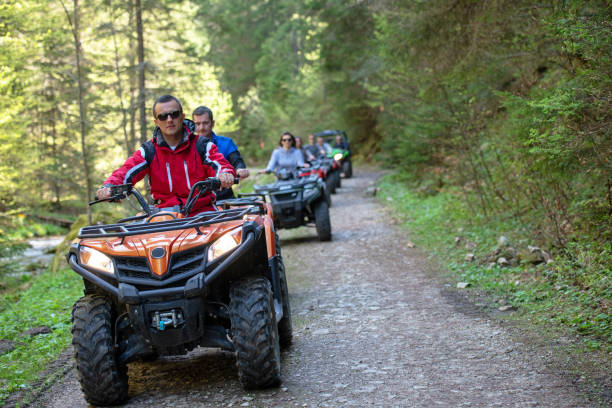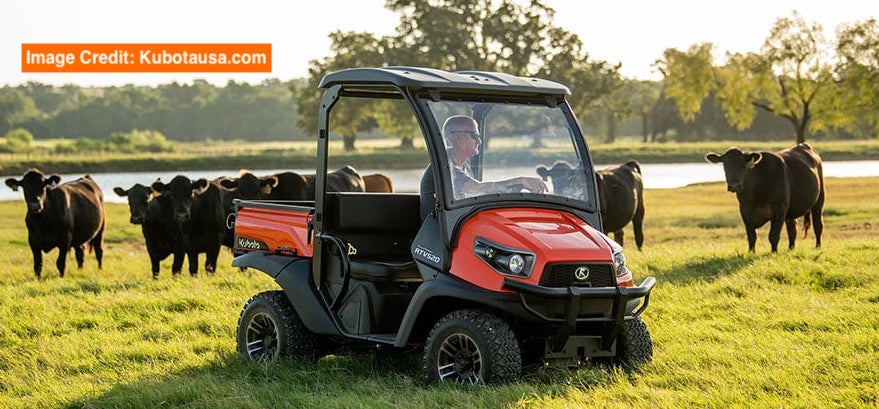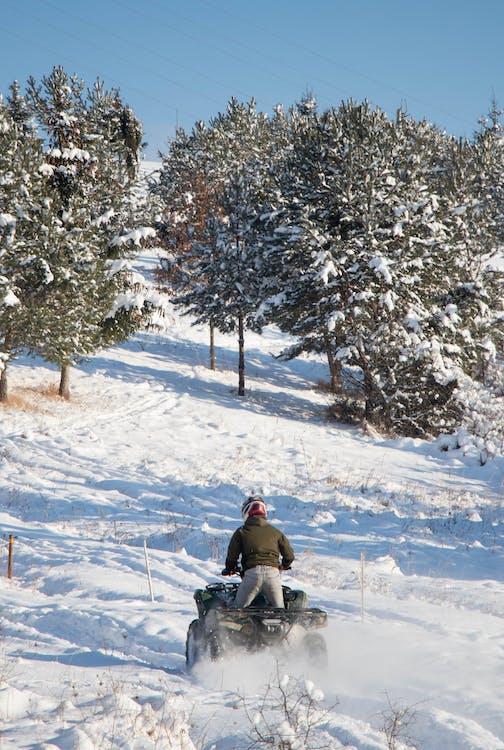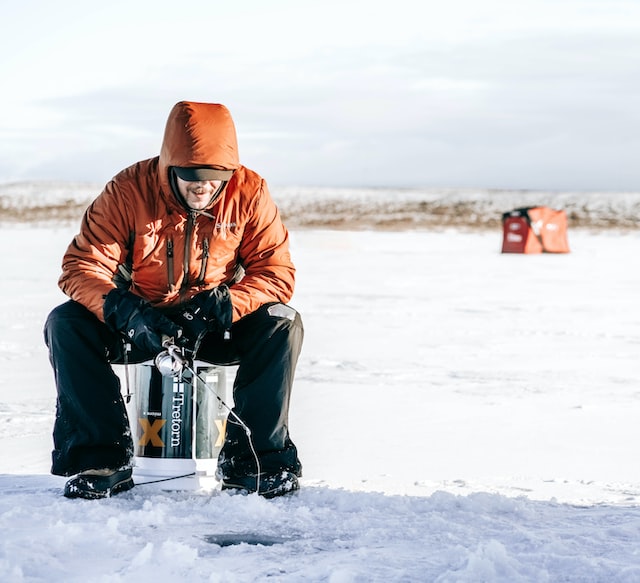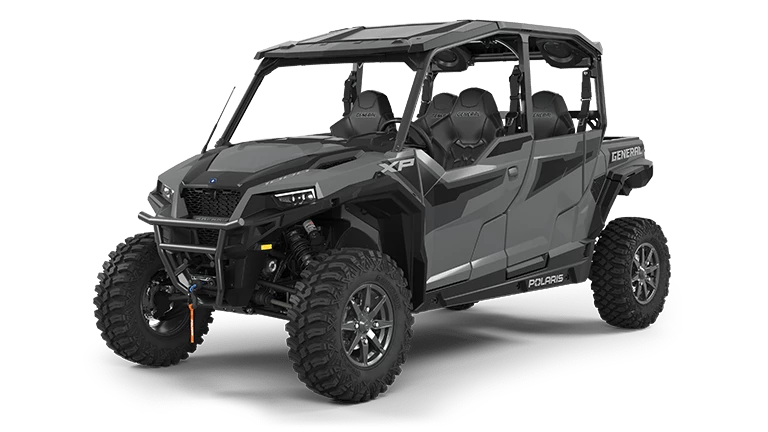As an Amazon Associate I may earn a commission from qualifying purchases at no additional cost to you.
Side-by-Side ATVs, also known as Utility Task Vehicles (UTVs), are gaining popularity as versatile and exciting outdoor recreational activities. These four-wheel drive, off-road vehicles can accommodate between 2-6 people and are designed with safety features such as seat belts and a rollover cage. This makes them a great choice for beginners looking to explore the world of off-roading. To help newcomers get started, this article focuses on essential tips and information on how to drive a side-by-side ATV.
First-time UTV riders might feel overwhelmed by the variety of vehicles and the prospect of maneuvering them through challenging terrain. The good news is that learning how to drive a Side-by-Side ATV is not as complicated as it may seem. With some basic knowledge of the vehicle’s controls and features, as well as proper technique and safety precautions, beginners can quickly gain confidence and enjoy their off-roading experience to the fullest.
This guide will cover important aspects of Side-by-Side ATV driving for beginners, including vehicle selection, pre-ride checks, and essential riding skills. Whether you are planning a relaxed exploration with friends and family or a thrilling adventure off the beaten path, these tips will ensure you have the necessary knowledge to take on the trail safely and with ease.
Choosing the Right Side-by-Side ATV
When selecting a side-by-side ATV, it is important to consider factors such as size, power, and intended use. Side-by-sides, also known as UTVs, are available in various configurations and can accommodate between two and six passengers.
Consider the purpose for which you will be using the side-by-side. Do you need it for recreational off-roading, work tasks, or a combination of both? Different models cater to different needs, with various features and performance capabilities to suit your specific requirements.
Next, think about the power and engine size that will best suit your needs. The engine capacity can range from smaller, more fuel-efficient options to larger, more powerful engines capable of tackling more challenging terrain.
Some popular features to consider when evaluating a side-by-side ATV include:
- All-wheel drive for enhanced traction on various terrains
- Suspension and ground clearance to handle rough terrain
- Cargo capacity for transporting gear and equipment
- Accessible maintenance points for easy upkeep
Lastly, consider your budget and compare different makes and models within your desired price range. Test driving a few side-by-sides and consulting reviews from experienced riders may help you narrow down your choices and find the best option for you.
Basic Controls and Features
Before you start driving a side-by-side ATV, it’s essential to familiarize yourself with its basic controls and features. These will help ensure your safety during your off-road adventures.
Most side-by-side ATVs come equipped with a steering wheel, gas and brake pedals, a gear shifter, and various switches for lights and other functions. Here are some of the essential controls to be aware of:
- Steering Wheel: As in a regular car, the steering wheel in a side-by-side ATV is used to control the direction of the vehicle.
- Gas Pedal: Pressing the gas pedal accelerates the vehicle. This control may be operated with either foot, depending on the vehicle’s design.
- Brake Pedal: The brake pedal slows or stops the vehicle. Like the gas pedal, it can be operated with either foot.
- Gear Shifter: This control allows you to switch between various gear settings, including park, reverse, neutral, and forward gears. Side-by-side ATVs may have automatic or manual transmissions.
In addition to these primary controls, side-by-side ATVs may feature several other functions and systems designed to ensure comfort, performance, and safety:
| Feature | Description |
|---|---|
| 4WD/AWD System | A four-wheel drive (4WD) or all-wheel drive (AWD) system allows greater traction and control on various terrains. |
| Power Steering | A feature that assists the driver in steering by reducing the effort required to turn the wheel. |
| Seatbelts | These restraints are crucial for the safety of occupants and should be worn at all times when riding in a side-by-side ATV. |
| Headlights, Taillights, and Brake Lights | These lights provide visibility during night rides and signal your intentions to other riders and drivers. |
It is essential to become familiar with these controls and features before operating any side-by-side ATV, as they will help make your off-road experience more enjoyable and safe.
Safety Gear and Precautions
Before venturing out on a side-by-side ATV, it’s crucial to wear appropriate safety gear to minimize the risk of injury. The most important piece of safety equipment is a high-quality helmet. Helmets can significantly reduce the risk of head injuries and should be specifically designed for off-road use. Make sure your helmet fits snugly and is approved by the Department of Transportation (DOT) or another recognized safety standard organization.
Other essential safety gear includes sturdy, over-the-ankle boots for optimal grip on footrests and protection against rocks, brush, and debris (Polaris Off-Road). In addition to boots, consider wearing long-sleeved shirts, pants, gloves, and goggles to protect your body from scratches, scrapes, and flying debris. Goggles can also shield your eyes from dust and glare, and gloves provide additional grip when steering.
When driving a side-by-side ATV, it’s essential to follow a few basic precautions to ensure a safe and enjoyable experience. Some key tips for beginners include:
- Read the owner’s manual thoroughly to familiarize yourself with the vehicle’s controls and features.
- Inspect your ATV for any damage, loose parts, or mechanical issues before every ride.
- Choose trails that are appropriate for your skill level and avoid overestimating your abilities.
- Avoid driving alone, especially on unfamiliar trails. Having a buddy or group can be helpful in case of emergencies.
- Respect the environment and stick to designated trails to protect the ecosystem and avoid fines (Side By Side Garage).
Adhering to these safety precautions and wearing the right gear can significantly enhance your side-by-side ATV experience, reducing the risk of accidents and ensuring a fun and enjoyable ride.
Driving Techniques and Tips
Before setting off on your Side-by-Side ATV adventure, it’s crucial to understand basic driving techniques and tips for a safer and more enjoyable experience. The key to mastering Side-by-Side driving is practice, and with the following advice and guidance, you’ll be well on your way to becoming a skilled driver.
First and foremost, when driving a Side-by-Side ATV, always keep both hands on the steering wheel and avoid letting your thumbs wrap around the wheel spokes. This can help prevent injuries, particularly when navigating rough terrain UTV Academy.
Body position and balance play an essential role in driving a Side-by-Side ATV safely. When making turns, lean your body towards the inside of the turn, in accordance with West Shore Marine’s advice. This will help maintain stability and control during the maneuver.
Driving a Side-by-Side ATV requires constant vigilance and awareness of your surroundings. Keep an eye out for potential hazards like rocks, tree branches, or sudden drops. Slow down when approaching obstacles, and always look ahead to plan your route.
Maintaining a safe speed is essential when operating a Side-by-Side ATV. Adjust your speed according to the terrain and visibility, and remember that practicing controlled acceleration and deceleration can help avoid accidents.
Finally, it’s crucial to understand the importance of regular maintenance and pre-ride inspections. Check your ATV’s tire pressure, oil level, and brake functionality before each ride to ensure that your vehicle is in proper working order.
By implementing these driving techniques and tips, you will be better equipped to handle the challenges and excitement of Side-by-Side ATV riding.
Off-Road Etiquette
As a beginner side-by-side ATV driver, it’s essential to understand and follow off-road etiquette. This not only ensures a safe and enjoyable experience for everyone but also helps preserve the environment and trails for future use.
First, always stay on designated trails and avoid creating new ones. Riding off-trail can lead to erosion and damage to the ecosystem. Similarly, respect trail closures and signage, as they are in place for safety reasons and environmental concerns. According to Polaris Off-Road, it’s important to observe speed limits and follow the rules posted on trails and tracks.
When encountering other riders, hikers, or equestrians, yield the right of way as appropriate. Slow down, maintain a safe distance, and communicate your intentions. As a general rule, uphill riders have the right of way, and it’s courteous to pull over on a straight section of the trail to allow faster riders to pass.
Minimize your impact on the environment by avoiding sensitive areas like wetlands, meadows, and streams. Carry out all trash, and do not litter. In addition, be mindful of noise pollution – keep the volume of music and engine noise to a minimum, especially when in close proximity to residential areas or other trail users.
Lastly, be respectful to fellow riders, landowners, and property. Don’t damage gates, fences, or signs, and never ride on private property without permission. By following these off-road etiquette guidelines, you’ll contribute to a positive, safe, and responsible off-roading community.
Maintenance and Care
Proper maintenance and care for your side-by-side ATV is essential to ensure a safe and enjoyable riding experience. Regular upkeep can also prolong the life of your vehicle and help prevent costly repairs. Here are a few key tips to keep in mind.
First, always follow your ATV’s owner’s manual for specific care instructions and recommendations. The owner’s manual typically contains a pre-ride inspection checklist to use before each ride, ensuring that your vehicle is in good working order.
Next, keep an eye on fluid levels, such as engine oil, coolant, and brake fluid. Regularly check for leaks, and make sure to change the fluids according to the manufacturer’s schedule.
Inspect your ATV’s air filter and clean or replace it as necessary. A clogged or dirty air filter can reduce engine performance and fuel efficiency. Also, examine the brakes and suspension for wear, damage, or looseness, as these components are crucial for safe operation.
Cleaning your side-by-side ATV after each ride is another important aspect of maintenance. Remove any dirt and debris from the vehicle’s body and components to prevent corrosion and damage. Be sure to check for any loose, damaged, or missing parts during the cleaning process.
Lastly, store your ATV properly when not in use. Keep it in a cool, dry place, and consider using a cover to protect it from dust, debris, and UV exposure.
Conclusion
As a new side-by-side ATV driver, it’s critical to prioritize safety and develop a solid understanding of your vehicle’s features and capabilities. By thoroughly reviewing the owner’s manual and familiarizing yourself with basic controls, you’ll set yourself up for success on your off-road adventures.
When practicing your riding skills, always wear the appropriate protective gear, and start on easy terrain before gradually progressing to more challenging conditions. Remember to respect local laws and land-use regulations as you gain experience and confidence in your driving abilities.
Lastly, don’t forget to maintain your ATV properly and promptly address any mechanical issues that arise. With a well-maintained vehicle, responsible driving practices, and a commitment to continual learning, you’ll undoubtedly enjoy countless thrilling adventures behind the wheel of your side-by-side ATV.
For more Side-by-Side ATV information check out our Side-by-Side Ultimate Guide!

